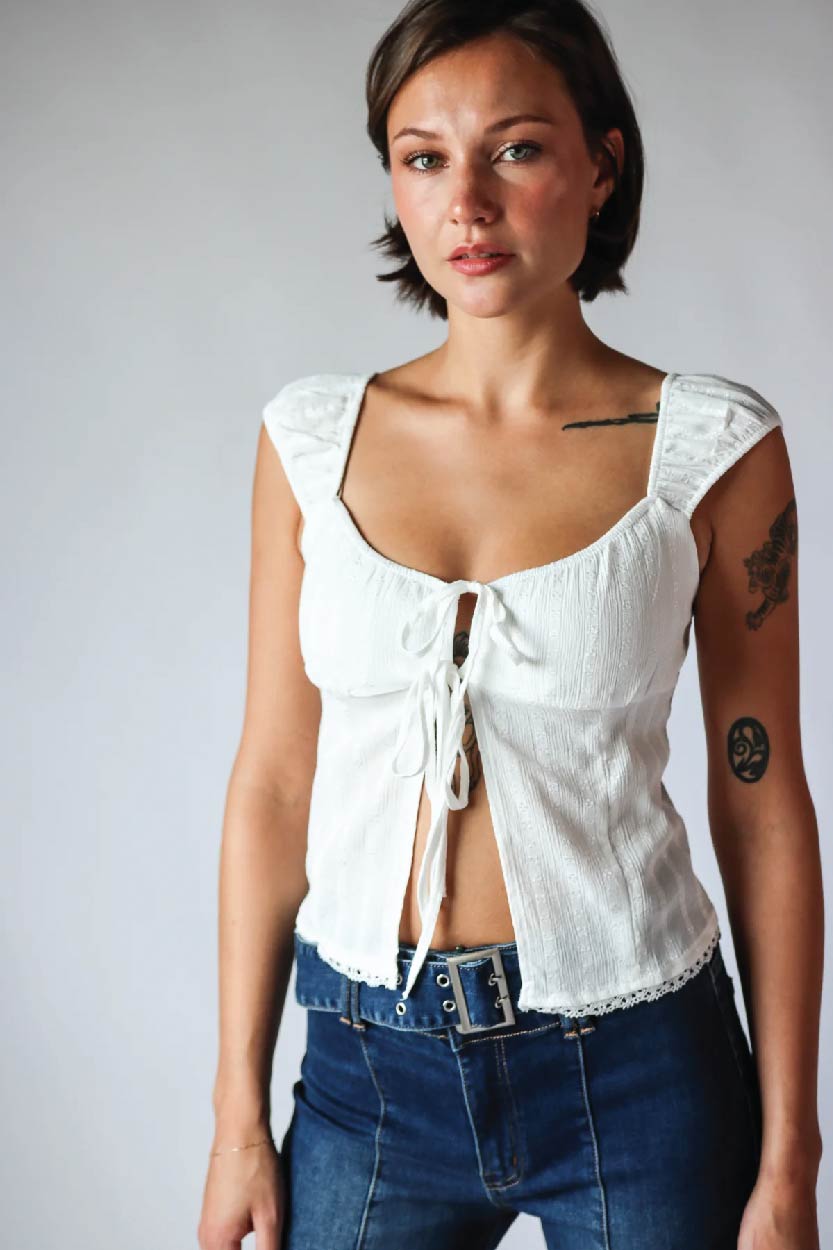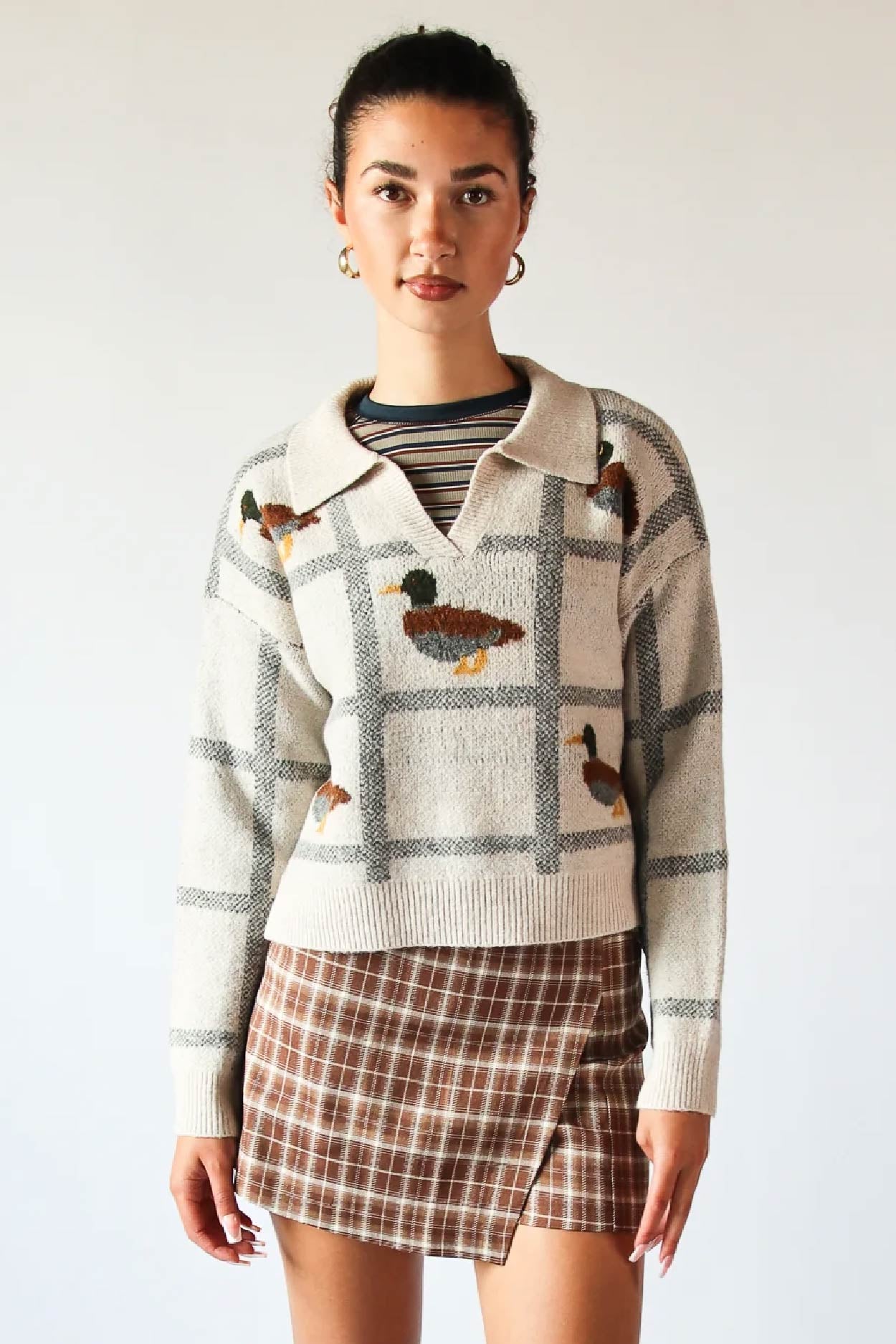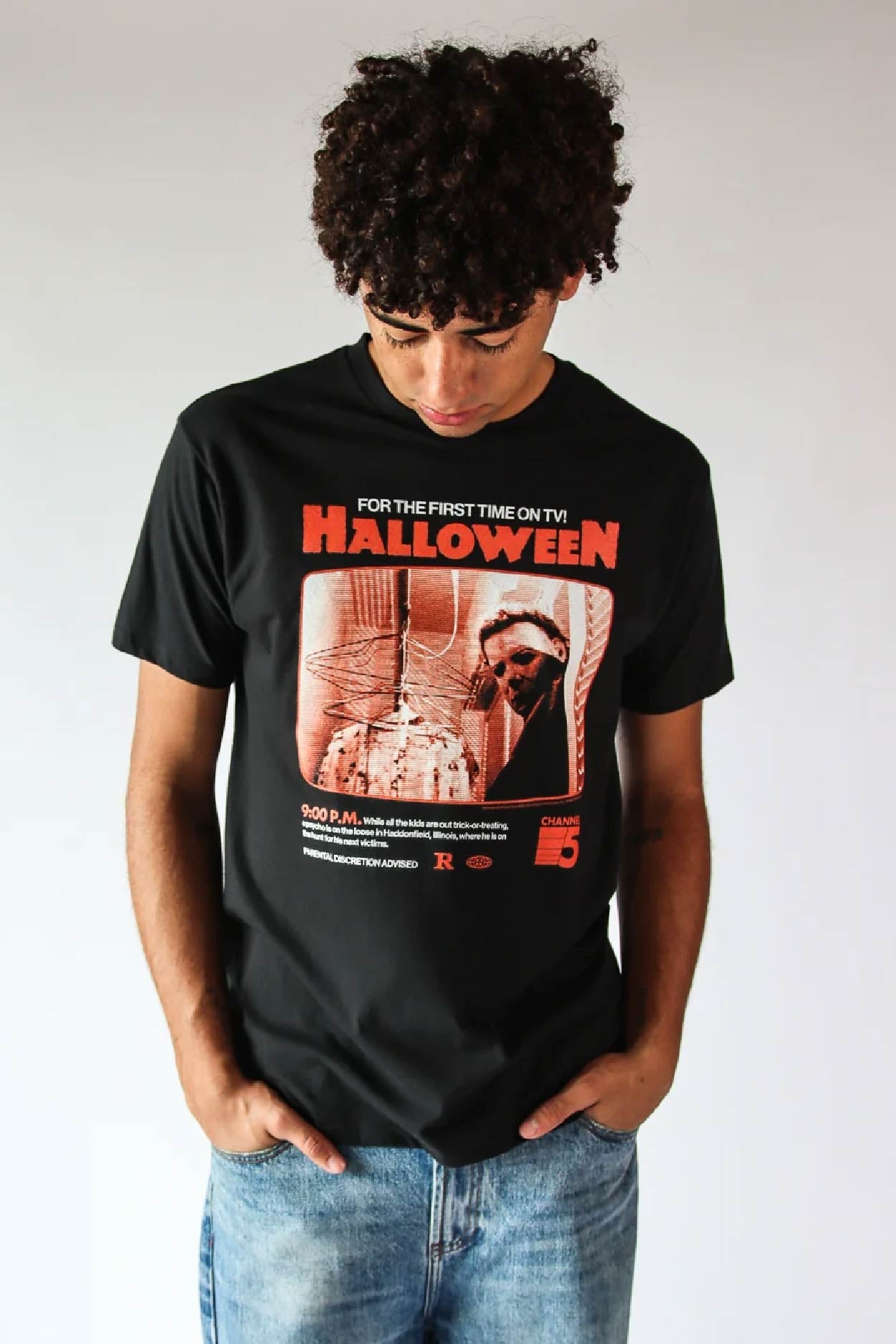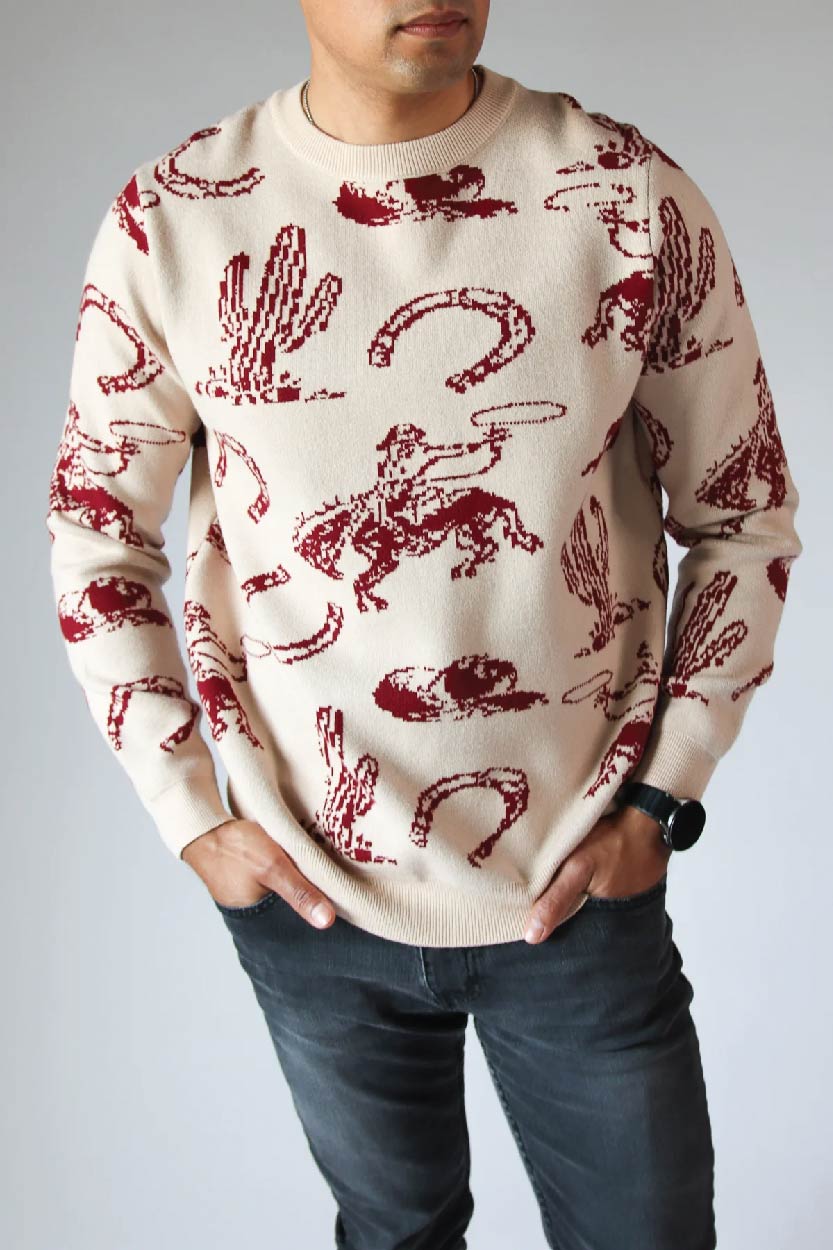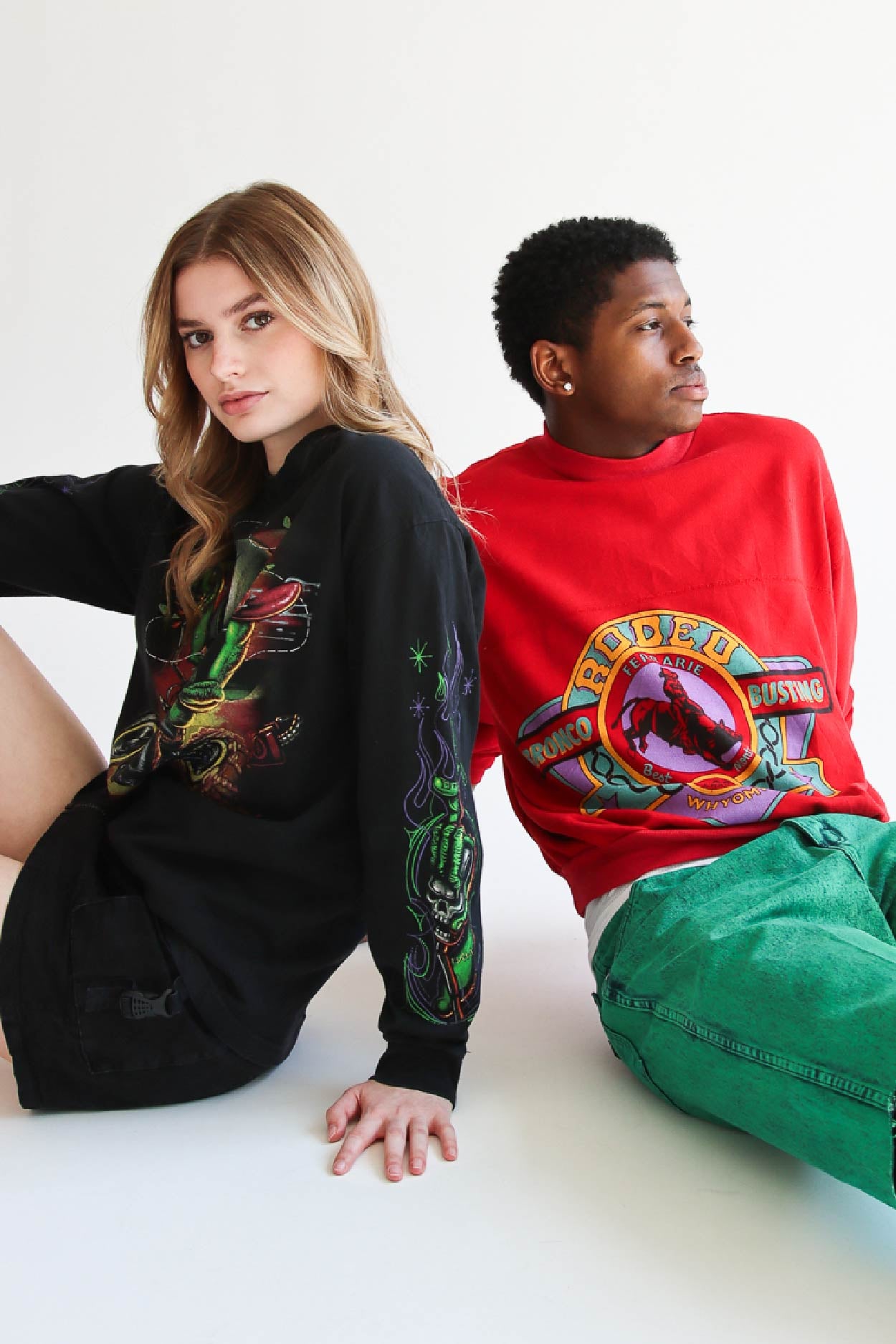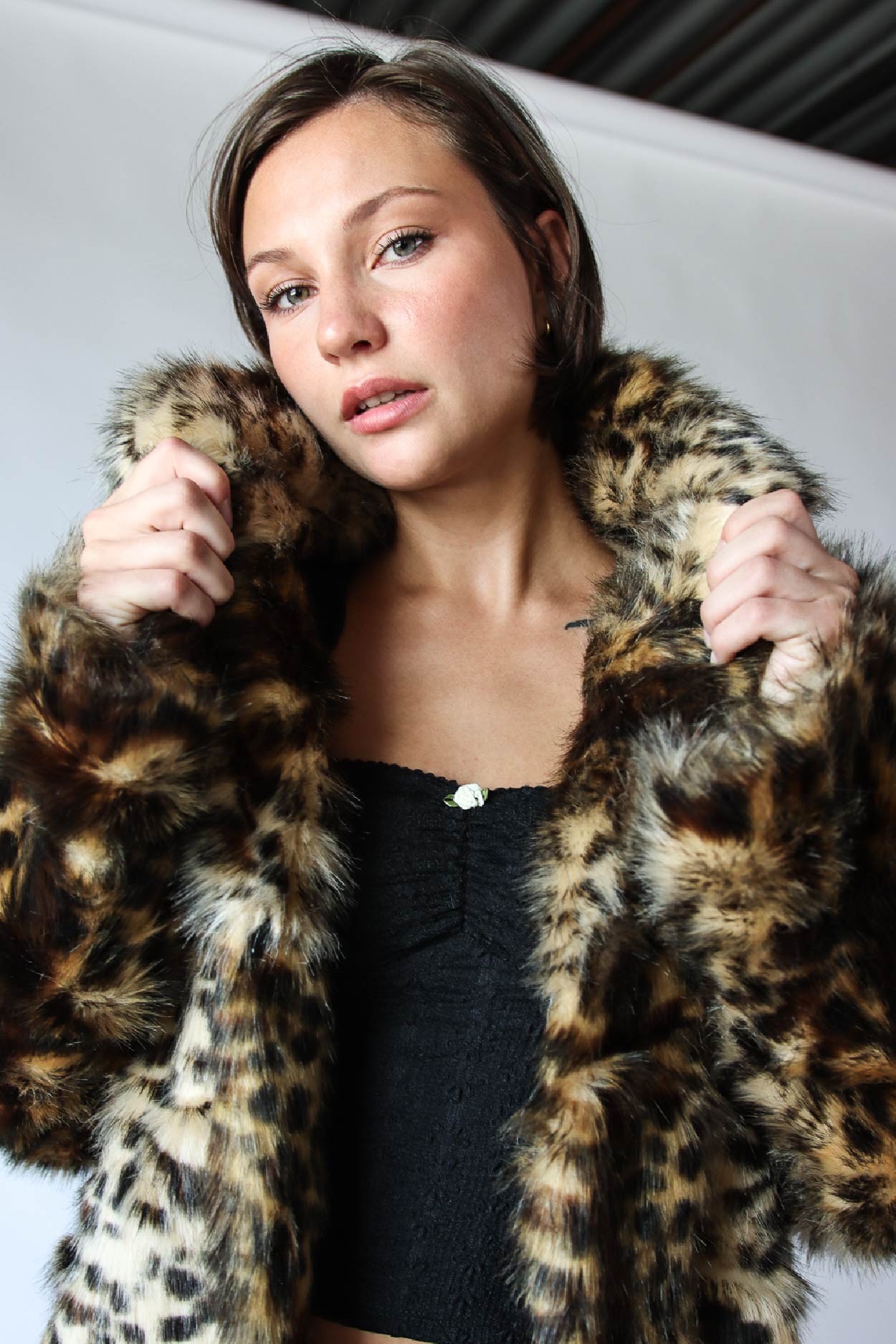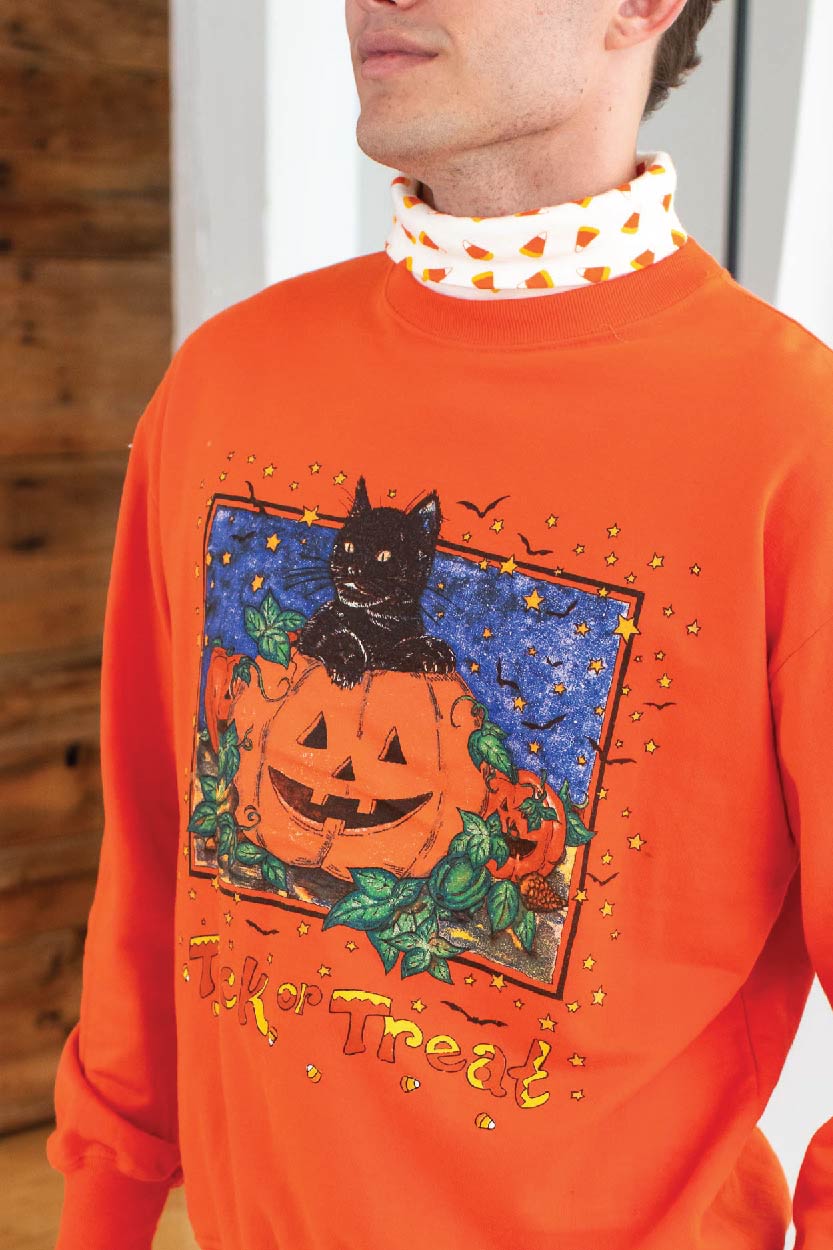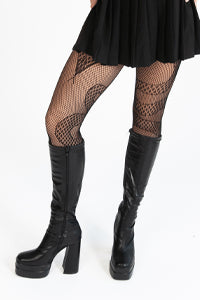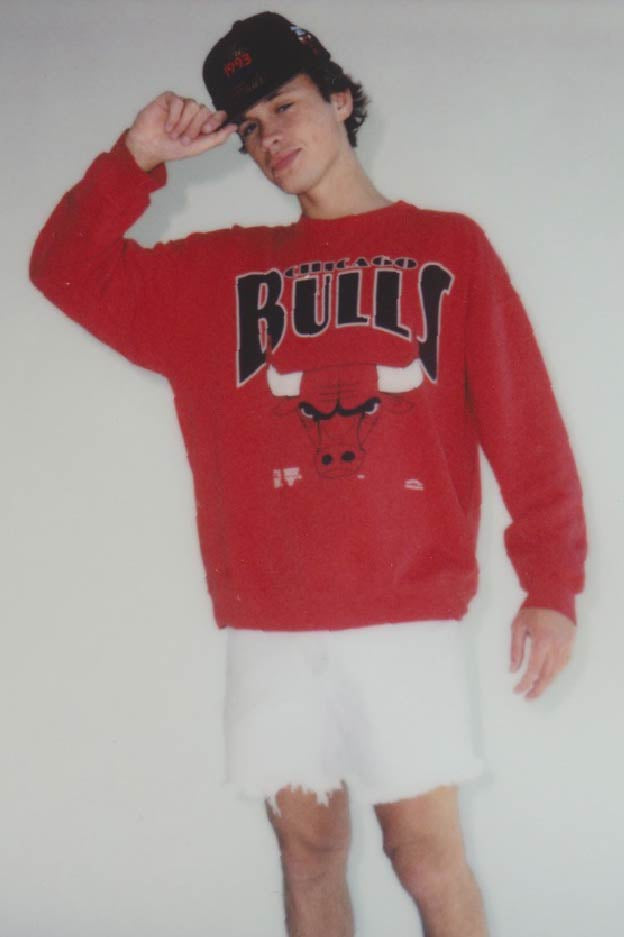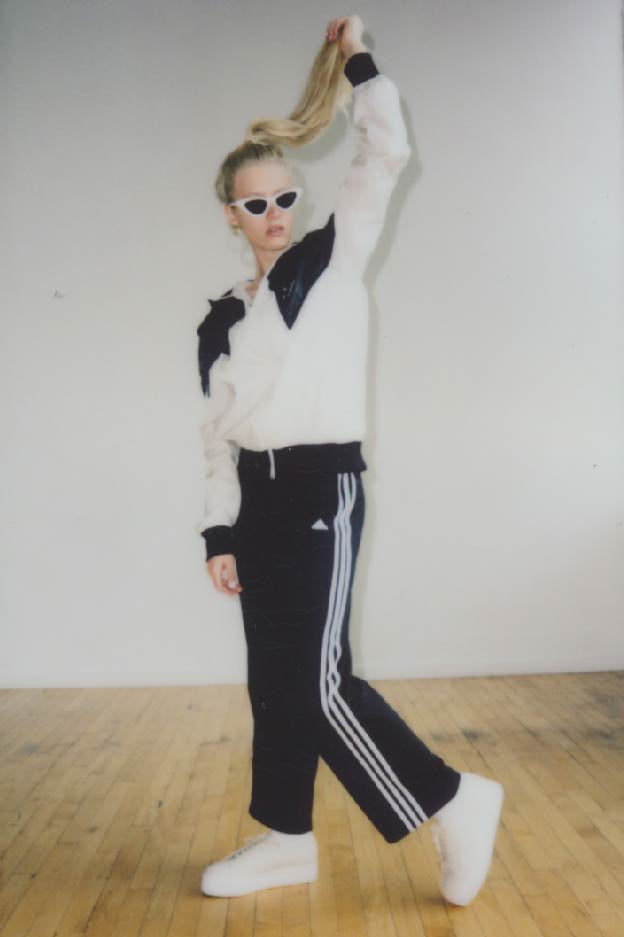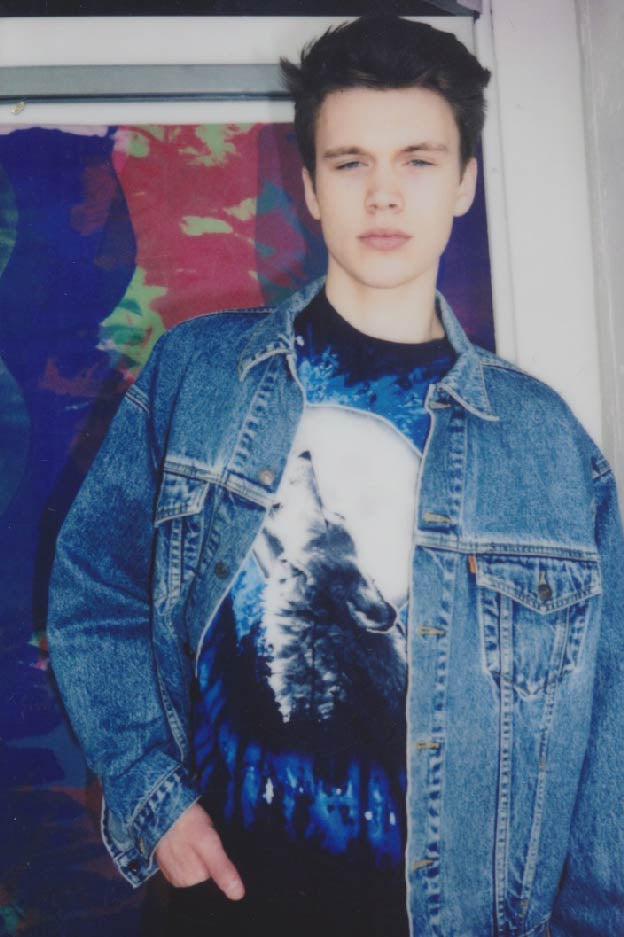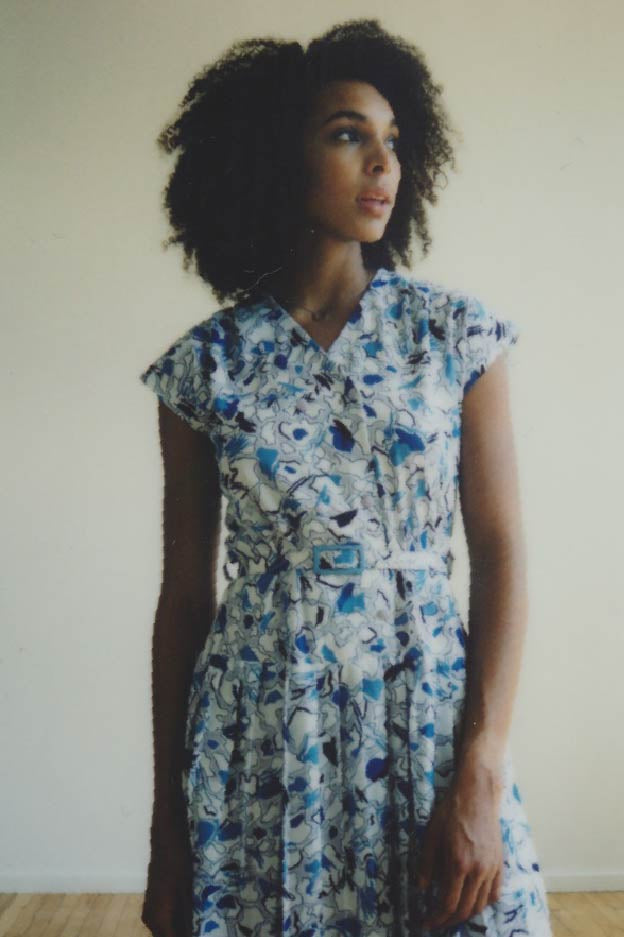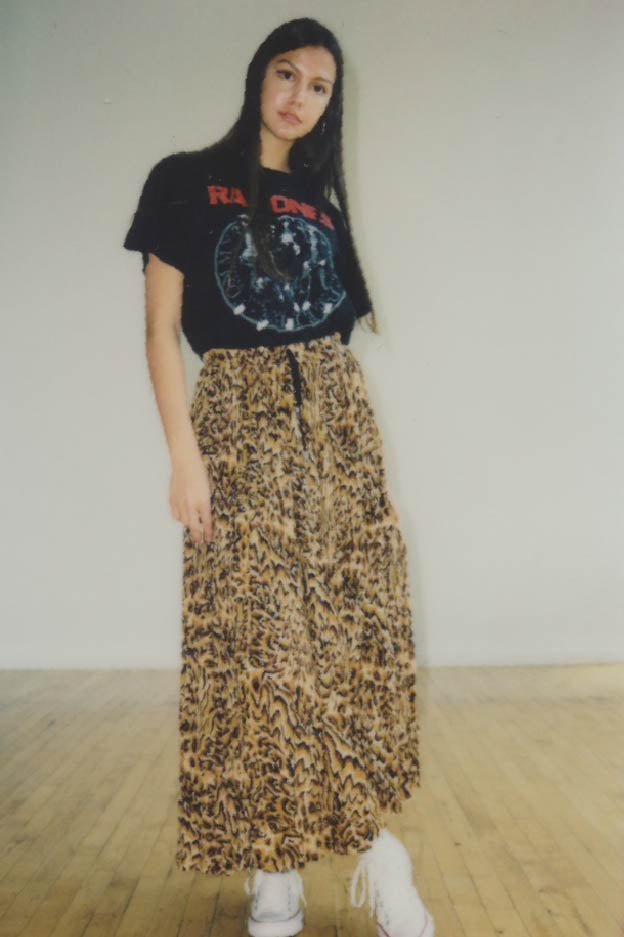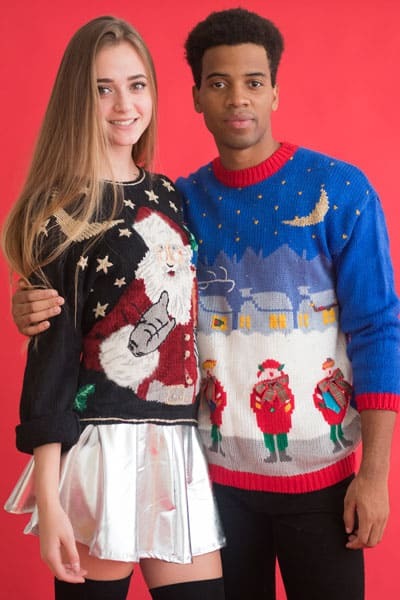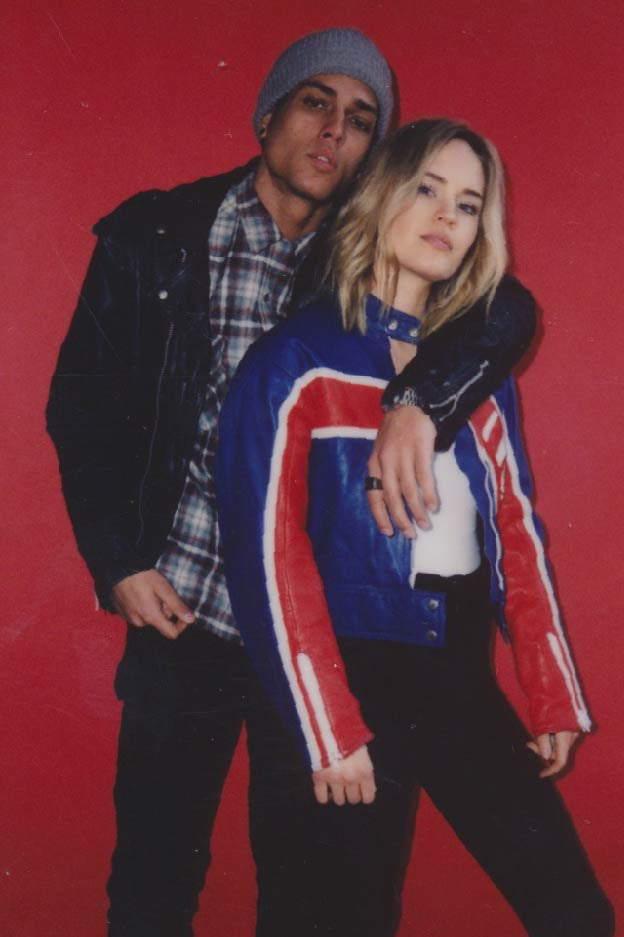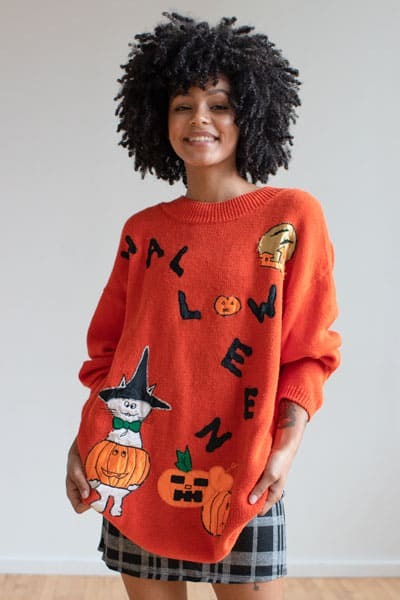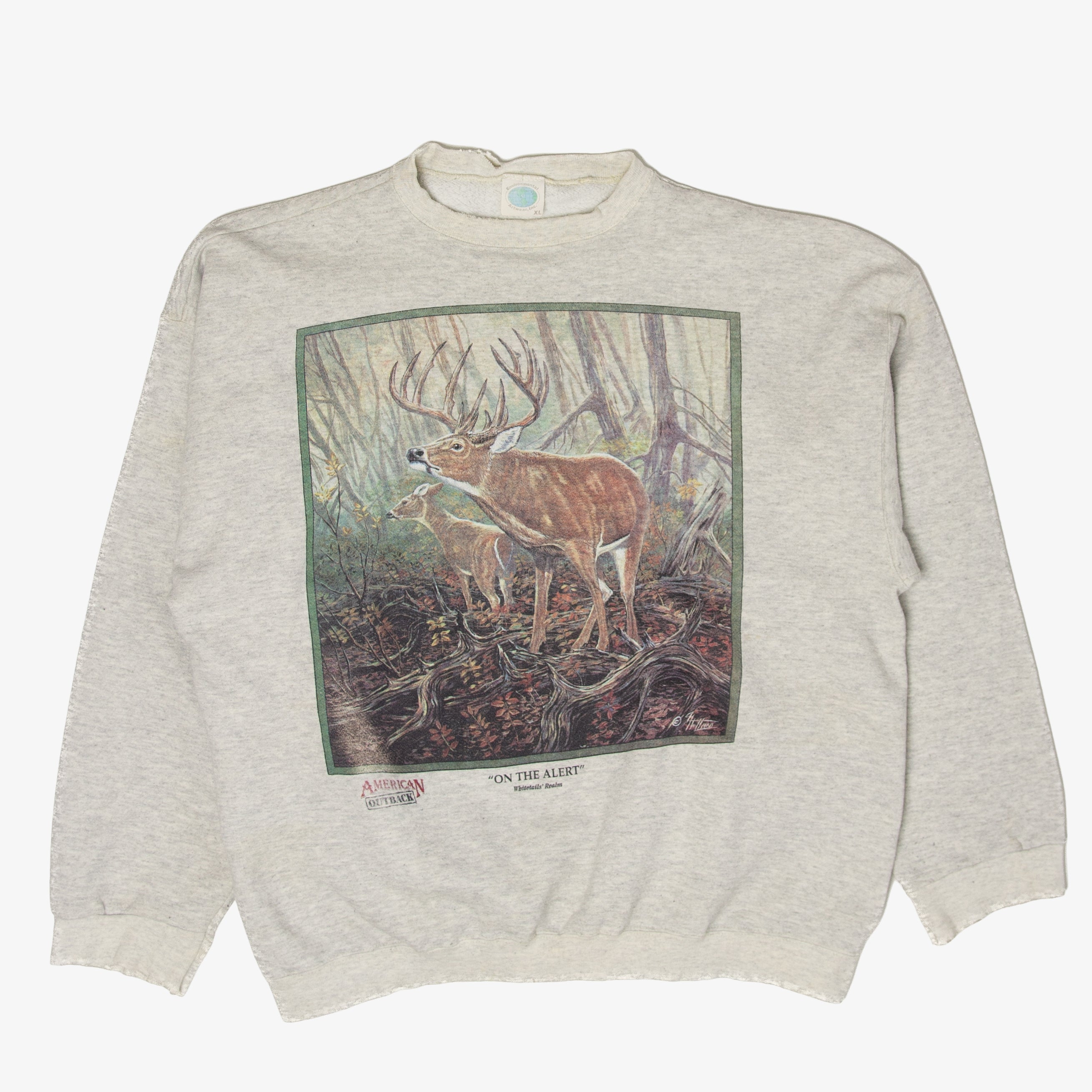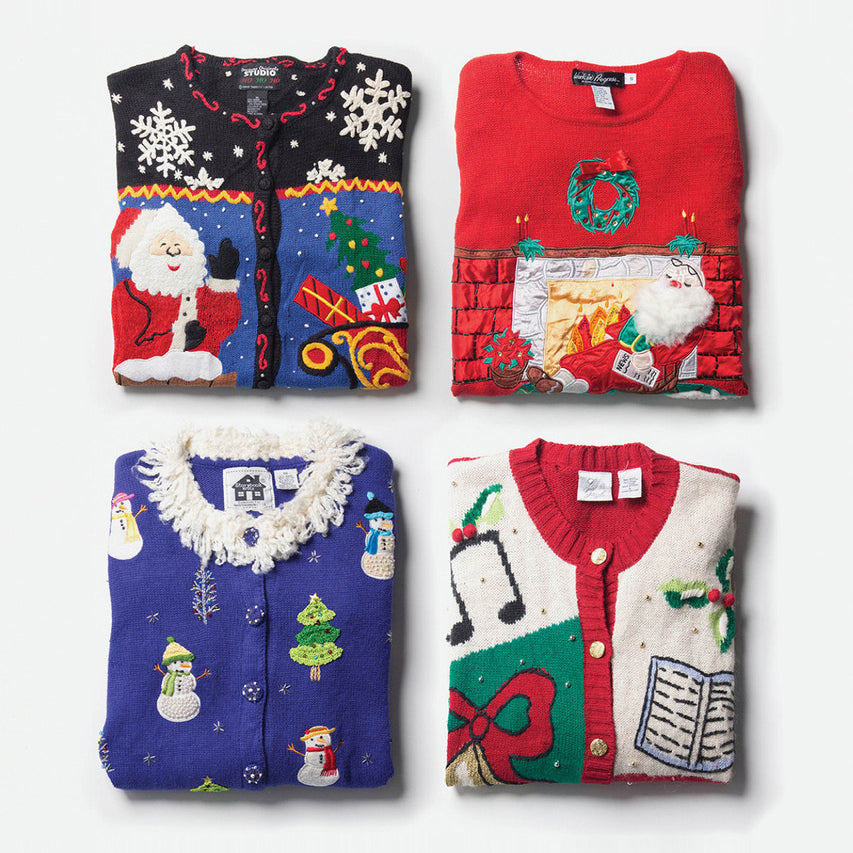Vintage Clothing
Thousands of items in stock. New items added daily. Select a category below, or click here to shop vintage new arrivals.

A Brief History of Vintage Clothing
Vintage clothing wasn’t always cool. In the early 1950s, when the booming postwar economy sparked modern day consumerism in the United States, people sought out the newest, shiniest products they could find, and clothing was no exception. Used clothing wasn’t fashionable. In fact, it was really only worn by people who couldn’t afford new clothing. It wasn’t until the hippie and mod movements of the mid 1960s that ‘used’ stopped being a dirty word when it came to clothing.
According to the New York Times, the vintage clothing trend started in 1965 when English kids began visiting the Portobello Road London, scooping up elaborate ‘antique’ clothing like embellished dresses and military jackets. The same year, “Vintage Chic”—New York City’s first trendy vintage clothing store—opened in SoHo (Harriet Love, who opened the store, released a book about in 1982: Harriet Love’s Guide to Vintage Chic). On the West coast, hippies were hitting up second hand and military surplus stores, making vintage dresses and bell bottom trousers common sights among the crowd at Haight-Ashbury. For the counterculture, second hand clothing not only fit in their low budget lifestyle, it was also a way to reject the rising tide of consumerism that was sweeping through mainstream America. By the early 1970s, with the cool kids on both coasts embracing vintage clothing, the mainstream consensus about used clothing starting to shift. In 1975, Caterine Milinaire and Carol Troy published “Cheap Chic”, a fashion guide the espoused the benefits of secondhand clothing, with the subtitle “Hundreds of Money-Saving Hints To Create Your Own Great Look”. As the seventies wore on and used clothing continued to become more popular, the next wave of counter culture kids found new ways to embrace vintage clothing.
As the hippies faded and used clothing continued to become more popular, the new counterculture of the late 1970s and early 1980s, led by punk and new wave bands like the Ramones and the Talking Heads, gave new life to vintage fashions. By the late 1980s, with vintage clothing becoming increasingly popular and increasingly scarce, some manufacturers began producing reproductions (or “repros”) of hard-to-find vintage clothing items. The 1990s saw an increasing modernization of the used clothing industry, with websites like eBay (founded in 1995) making it possible for people to buy and sell vintage clothing worldwide. As the internet has become more advanced and broadband access more widespread, sites like Etsy and apps such as Depop have made shopping for vintage clothing online more popular than ever.
The Environmental Impact of Recycled Clothing
Manufacturing puts a strain on the environment and the fashion industry is no exception. Even things that sound innocuous like cotton, a natural fiber, can have a major impact. Sixteen percent of all insecticides are used in cotton farming. And 60% of the world’s cotton is grown for the clothing industry. Non-natural fibers have their own downsides. Synthetic fabrics like polyester are essentially made from fossil fuels, and their manufacturing process releases nitrous oxide, one of the worst greenhouse gases. Regardless of the materials used, clothing manufacturing also uses enormous amounts of water and electricity. There’s no getting around the environmental impact of new clothing.
The good news is that you can reduce the environmental impact of your wardrobe by choosing to wear vintage and recycled clothing. By filling your closet with used clothing, you’re probably buying less new clothing — reducing your carbon footprint. And when you buy a piece of second hand clothing, you’re extending the life of the garment, effectively minimizing the impact of it’s original production.
Manufacturing puts a strain on the environment and the fashion industry is no exception. Even things that sound innocuous like cotton, a natural fiber, can have a major impact. Sixteen percent of all insecticides are used in cotton farming. And 60% of the world’s cotton is grown for the clothing industry. Non-natural fibers have their own downsides. Synthetic fabrics like polyester are essentially made from fossil fuels, and their manufacturing process releases nitrous oxide, one of the worst greenhouse gases. Regardless of the materials used, clothing manufacturing also uses enormous amounts of water and electricity. There’s no getting around the environmental impact of new clothing.
The good news is that you can reduce the environmental impact of your wardrobe by choosing to wear vintage and recycled clothing. By filling your closet with used clothing, you’re probably buying less new clothing — reducing your carbon footprint. And when you buy a piece of second hand clothing, you’re extending the life of the garment, effectively minimizing the impact of it’s original production.
You’re also preventing that garment from ending up in a landfill. Americans donate two million tons of clothing each year. That may sound like a lot, but Americans throw away 13 million tons of textiles every year — that’s roughly 9% of all non-recycled waste. When you’re ready to get rid of an item, don’t throw it away. Donate it! Even if an item has holes or stains that make it unwearable, organizations that process recycled clothing will be able to handle these items in a way that minimizes the environmental impact. Some damaged clothing can be turned into products like wiping rags and insulation. Clothing donations also contribute to the second-hand clothing economy, which provides jobs and is a common source of funding for local charities.

